Courage, Frailty and a Titanic Loss
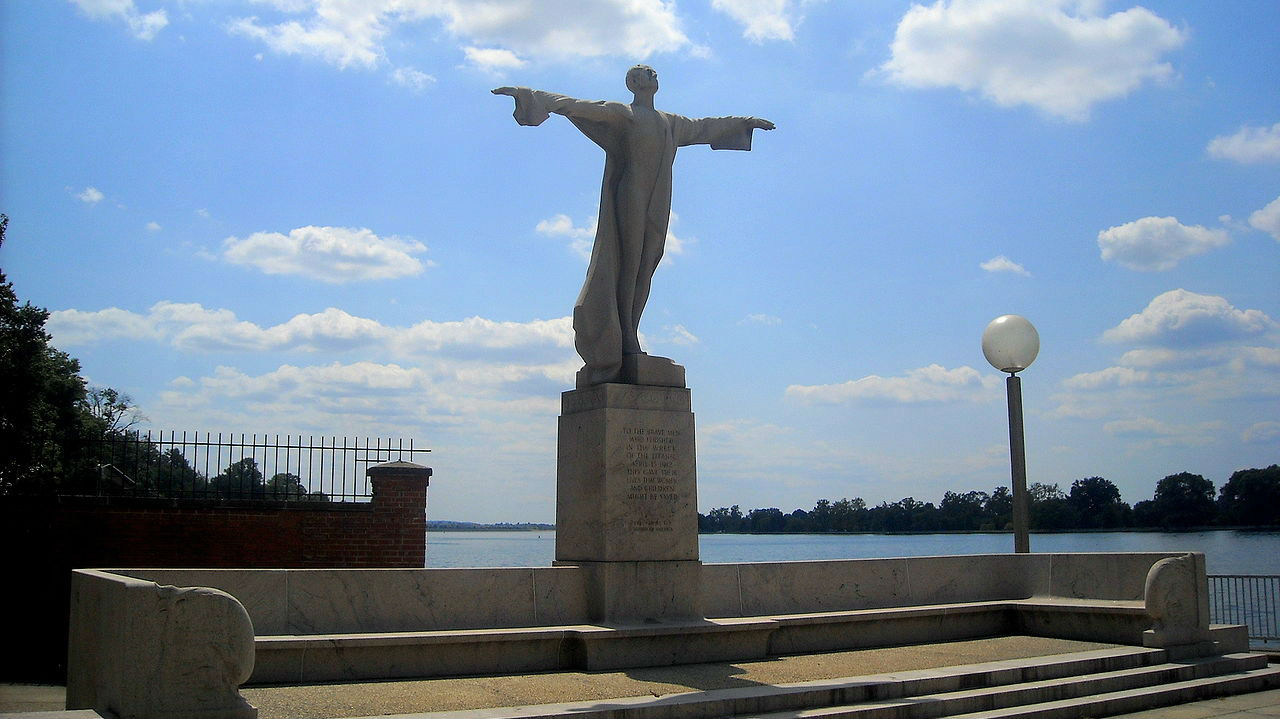
The sinking of the Titanic on April 15, 1912 led to an unnecessarily large death toll - over 1,500 passengers and crew drowned.
The vessel’s hull structure, its limited number of watertight compartments and the small number of lifeboats on board have been cited as causes for this toll, but there were also a number of human causes.
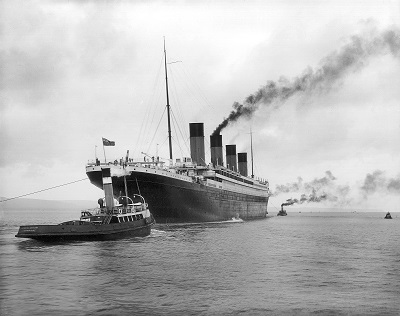 Communication
Communication
The Californian, just a few miles away, did not respond to the Titanic’s distress signals. Rather the Carpathia travelled from much farther away to save over 700 people.
Dr. Patrick Ryan’s account of the disaster, The ITU and the Internet's Titanic Moment, highlights the subsequent evolution of the International Telecommunication Union (ITU), a global organization that provides an international framework for the use and management of radio frequency resources. The ITU was established in 1865 to help coordinate the international standardization of telegraph signals. However, laws regarding wireless devices and their use were for the most part non-existent until 1909, says Ryan.
In January 1909 the world came to understand the importance of wireless communications to ship safety when the Republic and the Florida collided. It was the distress call that came from the wireless outfit on board the Republic that helped save the lives of more than 1,200 passengers on both ships.
As a result, the U.S. Congress passed a law in 1910 that large passenger ships must carry wireless equipment. The law was not very detailed, and it was assumed that the free market would sort any issues out, but that changed after the Titanic. The ITU then took on a much more active role in the intergovernmental coordination of spectrum matters, says Ryan.
Rivalry
The Titanic had Marconi radios whereas the Californian used the radios and personnel services of Telefunken, one of Marconi’s competitors. “In spite of a non-enforceable gentlemen’s agreement to work together, it is possible that the two companies’ rivalry took an ominous turn on that fateful night,” says Ryan.
There had been problems between the two companies about the exchange of weather and ice information. It is alleged by some that the companies had told their radio operators not to talk to their counterparts from other companies.
Conflict
In retrospect, none of this may necessarily have helped the Titanic. “An entirely avoidable and extremely unfortunate lack of communication between the Californian and the Titanic highlights the misuse of available technology and paints a rather grim picture of human goodwill,” says Ryan. “Some believe that the captain or a crew member of the Californian purposely turned off the ship’s radio as a retributive measure following the rude behavior of the radio operators of the Titanic during an exchange earlier in the day.
“Others assert that the Californian had merely turned off its radios because it was late at night (at that time, many ships did not maintaina twenty-four-hour radio watch). Regardless of the circumstances, the radios did not communicate, and the Californian did not come to the aid of the Titanic.”
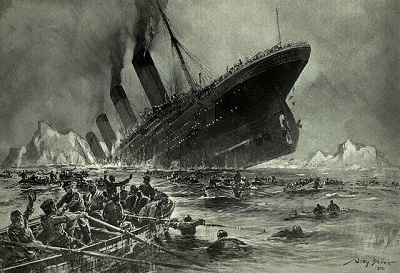 If the radio operators on the Californian had known of the impending disaster, one of them undoubtedly would have responded to the distress signals sent by the Titanic regardless of any ill will that might have existed between the Californian and the Titanic, says Ryan.
If the radio operators on the Californian had known of the impending disaster, one of them undoubtedly would have responded to the distress signals sent by the Titanic regardless of any ill will that might have existed between the Californian and the Titanic, says Ryan.
Before the electricity went out and until they bravely went down with the ship, the radio operators on the Titanic continued to send wireless distress calls. After receiving the call, the captain of the Carpathian navigated fifty-eight miles at top speed through dangerous ice fields in search of survivors. His actions earned him a Congressional Medal of Honor.
Privilege
On board the Titanic, other human judgments would later be called into question. The decision to prioritize the access of wealthy passengers to the lifeboats, the decision to launch many lifeboats before they were full, and the idea of “women and children first” may all have resulted in more lives being lost than other potential evacuation scenarios.
The decision by virtually all lifeboat occupants to not row the lifeboats the short distance back to rescue other passengers stranded in the water is also believed to have contributed to the high death toll. Instead, the half-filled boats rowed away from the ship due to protests from passengers or crewmen to avoid being swamped by drowning victims. Only two lifeboats returned to pull survivors from the water.
Experience
According to Captain Joe Wubbold, retired commander of six different U.S. Coast Guard cutters, when the Titanic collided with the iceberg it did so with little regard on the part of its master for the need for reduced speed in low visibility or in the presence of ice. Nor was there any regard for keeping a sharp lookout or the need for a possible route adjustment in the face of known hazards.
“For the area where she and that iceberg had their fatal meeting was well-known for ice and for fog. It may not have been inevitable that she would collide with one, but the chances increased dramatically when her speed was not reduced to bare steerageway so that she could avoid icebergs as soon as sighted by her lookouts.”
.jpg) Today, the polar shipping industry has SOLAS, ice-strengthened hulls, good ice-detection systems, ice forecasts and ice charts. The industry also has ice navigators but, says Sten Wärnfeldt, project manager at Radar Technology, not as many as the industry needs. “It is tough to get experienced ice navigators contracted for polar shipping. Experience is rare. Even today with all the advanced systems for ice detection and mapping, the personal experience is indeed required.”
Today, the polar shipping industry has SOLAS, ice-strengthened hulls, good ice-detection systems, ice forecasts and ice charts. The industry also has ice navigators but, says Sten Wärnfeldt, project manager at Radar Technology, not as many as the industry needs. “It is tough to get experienced ice navigators contracted for polar shipping. Experience is rare. Even today with all the advanced systems for ice detection and mapping, the personal experience is indeed required.”
Propaganda
Wubbold says the idea that this ship was unsinkable could also have played a role in the tragedy. This had been promoted as an advertising tool to gather passengers and, to some extent, her officers must have also had some of that confidence, he says.
“We know that there is no such thing as an unsinkable ship, and Commodore Smith, with all of his experience, knew this. But because of the loss of his command and of his own life, the International Ice Patrol was founded the following year. It has patrolled – first with U.S. Coast Guard Cutters and today with Coast Guard C-130 aircraft – every year since then except during the two World Wars,” says Wubbold.
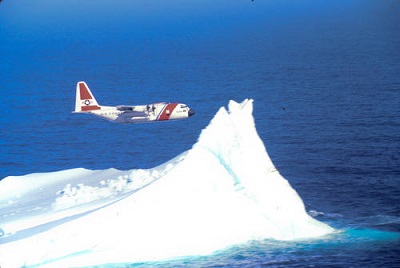 The International Ice Patrol ensures that all sightings are reported and ships are aware of iceberg positions and can adjust courses accordingly. Every day at 0000Z time an ice advisory is issued.
The International Ice Patrol ensures that all sightings are reported and ships are aware of iceberg positions and can adjust courses accordingly. Every day at 0000Z time an ice advisory is issued.
Denmark has had what locals call the Danish Titanic disaster, says ice navigator Bjarne Rasmussen. The Danish government had built a modern polar ship for the voyage between Denmark and Greenland called Hans Hedtoft. The ship struck an iceberg on its maiden voyage in Greenland on January 30, 1959 and sank.
The ship had 40 crew and 55 passengers on board. No one was saved, and the only wreckage found was a single lifebelt. Before the ship’s departure the media had proclaimed her unsinkable.
This disaster led the Danish government to establish Ice Patrol Narsarsuaq in South Greenland in 1959. The service collects information regarding ice conditions in the waters around Greenland and distributes it to ships primarily as ice charts and reports.
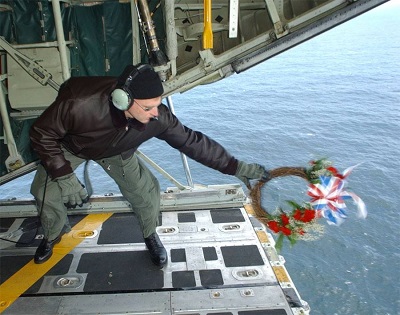 Remembrance
Remembrance
It is always a good thing to commemorate anniversaries of seminal events in world history, and so it is that the remembrance each year in April of the loss of the Titanic serves to remind us that the sea can still be unforgiving, says Wubbold.
“All sailors pause, even if only mentally, for a moment to remember the Titanic, for that accident so many decades ago brought major changes to the world of the unchanging sea.” – MarEx
The Titanic Memorial located in Washington, D.C. carries the inscription:
.jpg) TO THE BRAVE MEN
TO THE BRAVE MEN
WHO PERISHED
IN THE WRECK
OF THE TITANIC
APRIL 15 1912
THEY GAVE THEIR
LIVES THAT WOMEN
AND CHILDREN
MIGHT BE SAVED
ERECTED BY THE
WOMEN OF AMERICA
The opinions expressed herein are the author's and not necessarily those of The Maritime Executive.
